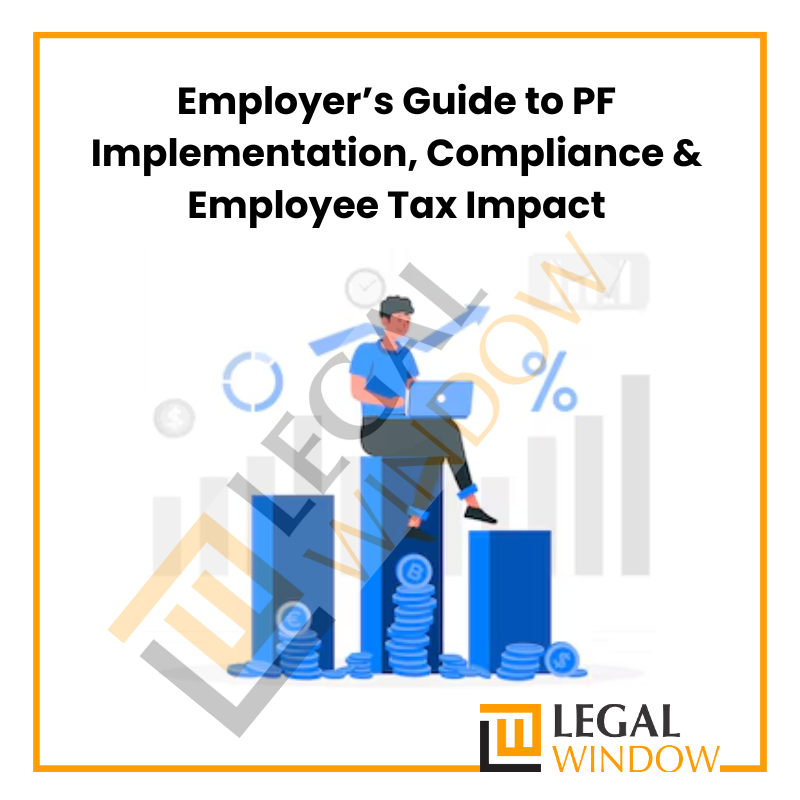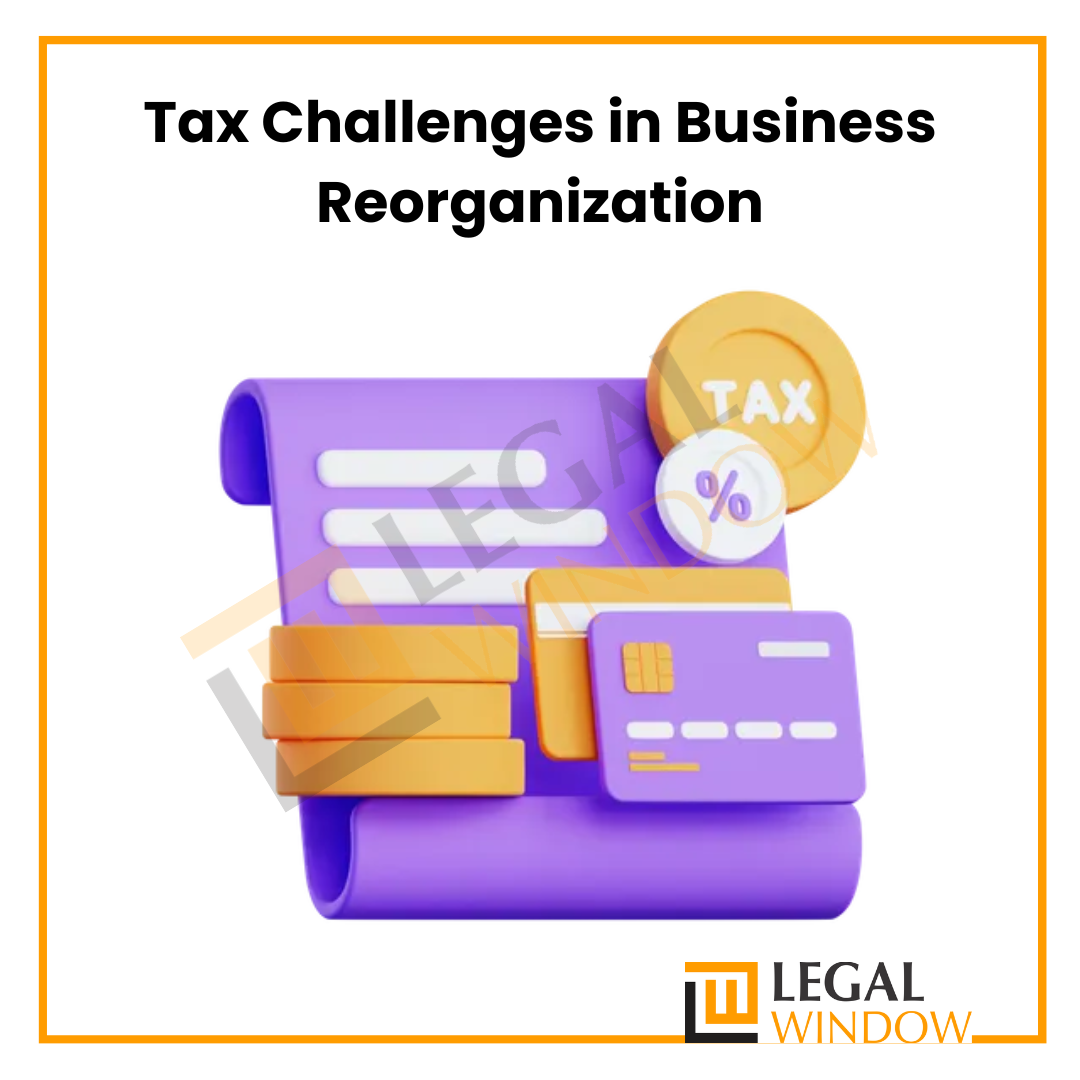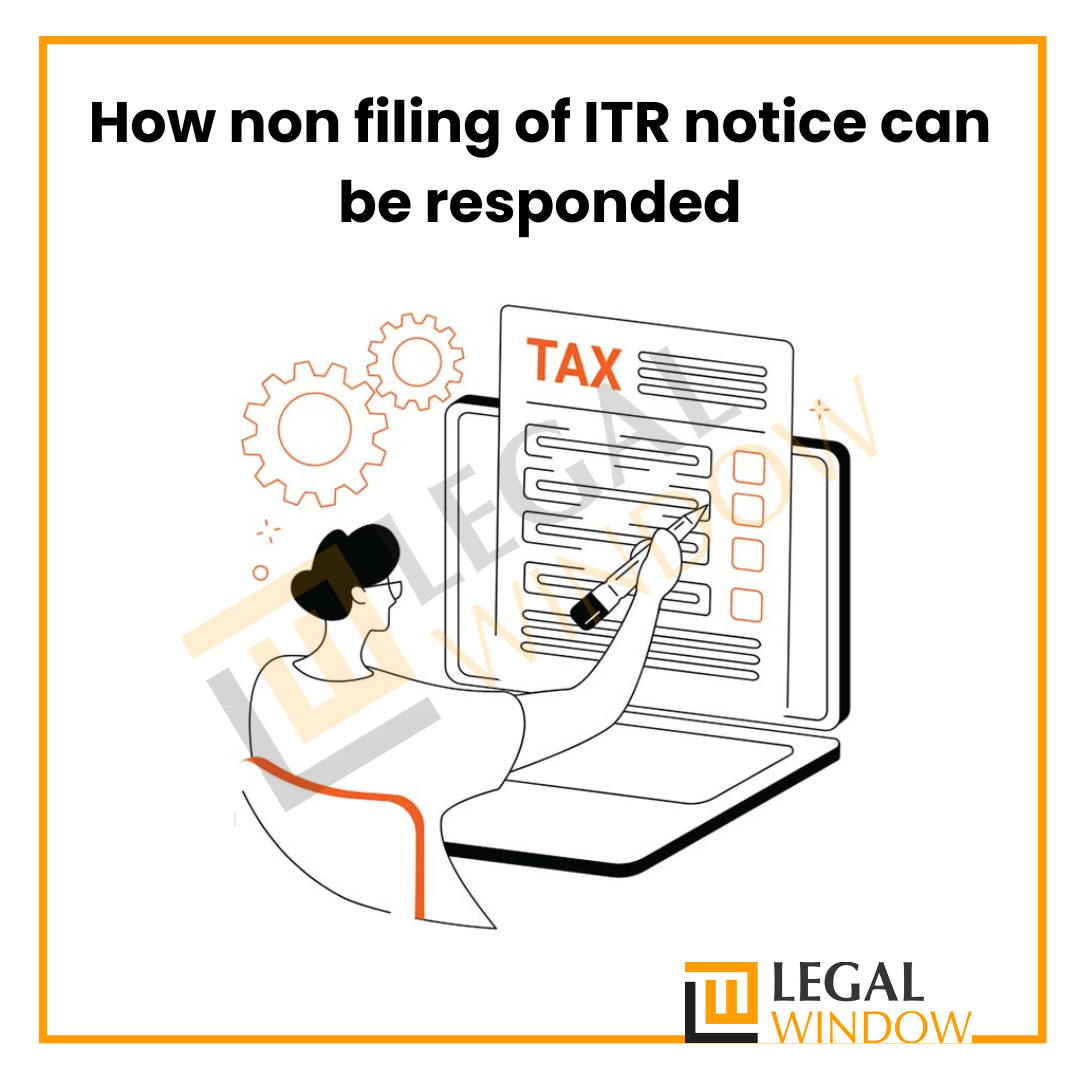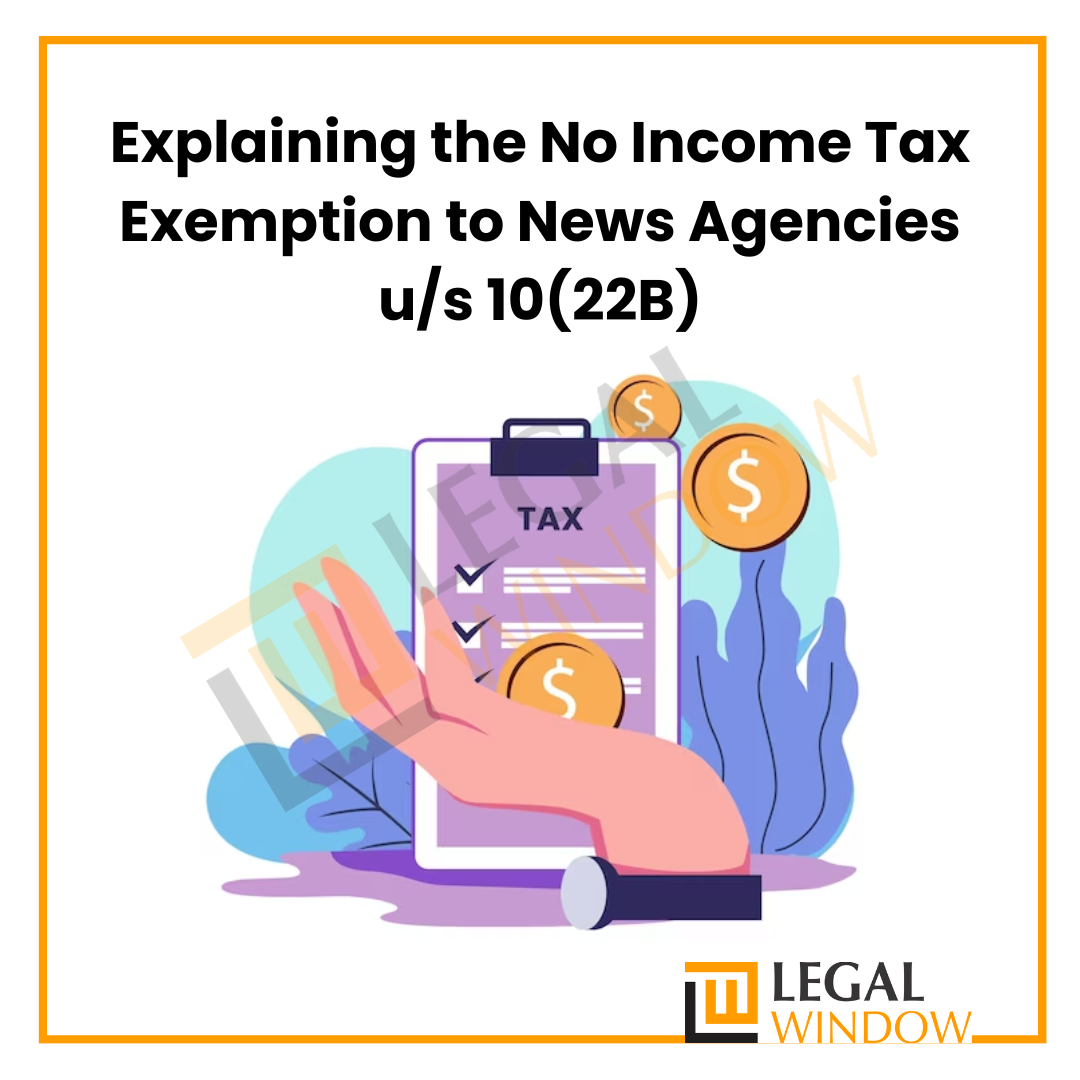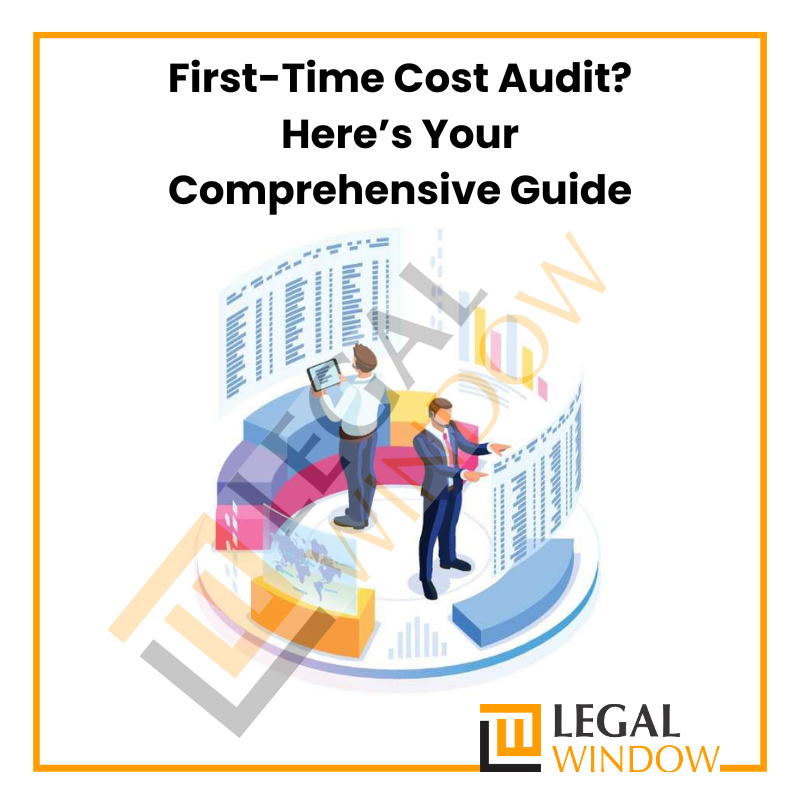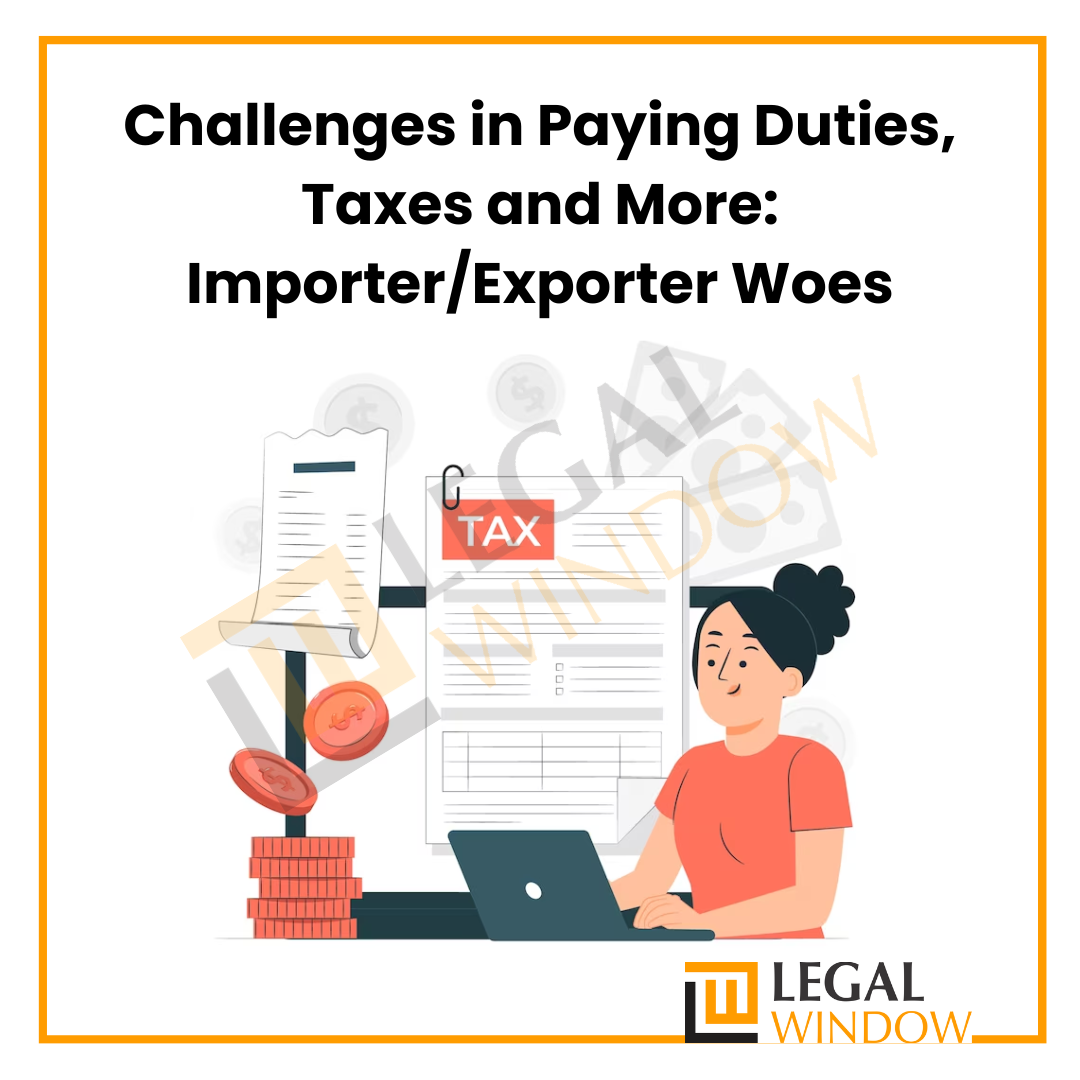Income Tax Notice Reply
Income Tax Notice Reply Starting from ₹ 5,000/-
Filing Reply to notices
For Tax evasion
Professional’s guidance
Simple and Secure
On time drafting replies
Collecting the documents
Introduction of Income Tax Notice Reply
A tax notice is a letter from the Internal Revenue Service (IRS) that alerts a taxpayer about an issues with their tax return and tax paid to the department. A tax notice can be sent to you for many reasons it may be for informing you about a correction on a return, a balance due, or an overpaid of tax.
Legal Window will provide you all the necessary services and legal advice related income Tax notices and also guide for other compliances related reply for these notices. You may get in touch with our team on 072407-51000 or email admin@legalwindow.in.
Documents Required for Income Tax Notice reply
Pan Card and password of your income tax portal is required now a days to check and reply any type of income tax notice, Documents required can only be called as per the demand and type of notice.
Procedure of Income Tax Notice reply
1. Complete the Questionnaire
We will provide a questionnaire which is required to be filled by you in which we will sought the basic details and documents pertaining to the Filing of Reply of Income Tax Notice.
2. Review of the documents
All the documents provided to us and the questionnaire will help us to process further for preparation of reply of ITR Notice
3. Filing of Reply with the Government
We will file further send you the provisional return for your verification and will file your TDS return before the due date and protect you from any penalty after its duly confirmed and validated from your side.
4. Acknowledgment
We will further inform you about the same and send you the copy of reply via mail.
Additional Information
Types of Notice or Assessments
Types of notices or assessments are given below: (Show in boxes or make some image
Defective Income Tax Return: Section 139(9)
Preliminary Enquiry before an assessment: Section 142(1).
Refund adjusted against the tax demand: Section 245
Summary assessment without calling the taxpayer: Section 143(1).
Best judgment assessment: Section 144
Notice of demand: Section 156.
Income is concealed or likely to be concealed: Section 131(1A).
Income escaped assessment: Section 148 & 147.
Follow up of the notice u/s 142(1): Section 143(2).
Scrutiny assessment: Section 143(3).
What is the next step you should do when you receive an Income Tax notice?
Don’t Ignore the notice: Handle the notice very carefully and sincerely, otherwise you have to pay heavy penalty.
Check the notice carefully: Check whether the notice denotes to you by checking basic things like PAN, Name, Assessment year and it related to issuing officer (ITO), signature, address with details of ward and circle number of income tax department. Verify these details to check whether it relates to you only.
Preserve the envelope and save the copy of mail: - If the notice comes by speed post or registered post, preserve the envelope. If notice comes on mail then save the copy of that mail as It serves as proof of the dates on which it was posted and received.
Verify the reason behind the notice: By reading the notice one can easily Identify and check the reason behind notice. Reasons could be a mismatch in TDS (26AS) or inconsistency in your returns, or any serious concerns like any type of income concealment. It can also be a survey or scrutiny of accounts.
Timeline given to reply: Check the validity and timeline to reply the notice. Also check the section in which the notice issued. For E.g.: A notice under Section 143(3) for scrutiny assessment has to be served within six months of the end of the financial year in which the return was filed. If served later than this period, it will be considered invalid.
Collect the documents: After receiving the notice one has to start collecting the documents that the department has requested through notice Documents required depends upon the gravity of the notice, generally only scrutiny notice may ask for several documents, other notice generally required very less documents.
Covering Letter: Prepare a covering letter along with the set of documents that you have to submit to the IT department.
Acknowledgement of submission: Always prepare two set of all the documents required, along with a copy of the covering letter and notice. One copy stamped to maintain personal records, as a proof of submission of the reply of notice.
Reply under prescribed time limit: Always reply the notice under the prescribed time limit and if you are unable to collect the required documents under prescribed time limit then you can ask for some time to gather all the documents
Take the help of Legal Window:- If notice is about a TDS mismatch, factual matter or arithmetical error then the taxpayer own can reply for the notice but when it comes to the scrutiny notice or reassessment U/s 148 then one should take the professional advice with the Legal Window that is equipped with the team of chartered accountants and company secretaries. We will understand the situation and response accordingly.
Reason for Income Tax notices
Mismatch of TDS claimed in form 26AS
Return not filed or delayed filed
Transaction with high value
Return picked under Scrutiny by the department
Non disclosure of investment income (taxable under clubbing section)
Filling defective return
Tax evasion
Non disclosure of income
Misreporting of capital gain form securities
Taking more refund claim
Investment in the name of spouse
Random scrutiny
Related Posts
FAQ's on Income Tax Notice reply
Intimation u/s 143(1) is sent to a taxpayer who filed income tax return. 143(1) intimation contains the details of income filed by the taxpayer and the computation done by the income tax department. Intimation U/s 143(1) is also sent if any tax or interest is found payable or refundable or any arithmetical calculation is wrong or there is any increase or reduction found in the tax paid by the taxpayer.
If taxpayer didn’t reply to the scrutiny assessment than it may result in Best Judgment Assessment u/s 144, or penalty u/s 271(1) (b) i.e. of Rs.10, 000 for each failure.
In case, no response is received within 30 days of the issue of this intimation, the return of income will be processed after making necessary adjustment(s) U/s 143(1)(a) of Income Tax Act, without providing you any further opportunities under this matter.
Non-payment of tax demand attracts penalty and prosecution under various provisions of the Income Tax Act, 1961 and interest @ 1% p.m. or part of the month on the amount of default.
Tax payer will get a notice of preliminary enquiry in case the return is not filed on time, then tax payer will furnish a return of income in respect of which is assessable.
Notice under section 143(2) is issued to you by the Department when your Income Tax Return is selected for scrutiny assessment or detailed assessment u/s 143(3)
Within 30 days of receiving notice from income tax department you need to file a reply or any prescribed timeline given in the notice.
The ITO has the right to demand tax debt and take money from you without proving its debt in court. Department also has the power to demand and take security deposits for future debts even before they exist.
Intimation u/s 143(1) is intimation and not an assessment order. It is an automated response and there is no human intervention involved.
This notice will serve the Income Tax Department, when the tax payer has any dues like tax, interest, penalty, fine or any other sum is payable to the department. Generally, the notice is served after the assessment of ITR. The taxpayer can deposit the amount payable within 30 days from the date of the income tax notice that he has received or if any mistakes in original return then tax payer can revise the return and submit the revised acknowledgement. There is no time limit prescribed by the act to serve this notice. And also refer Income tax notice under section 143(1).


